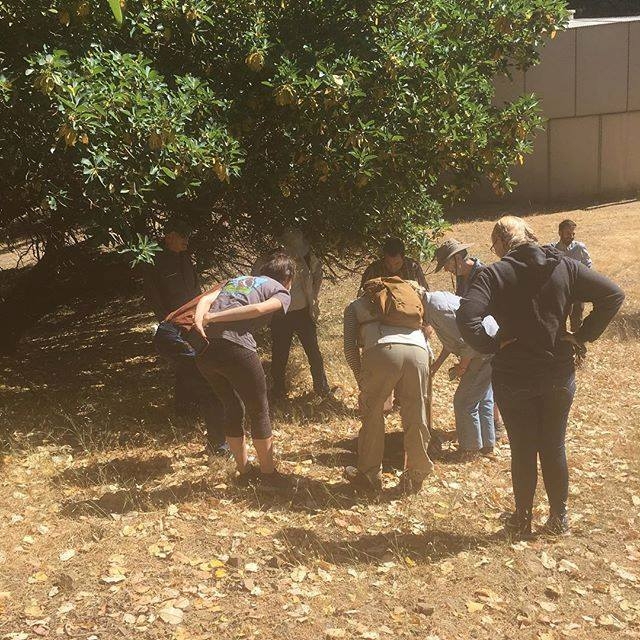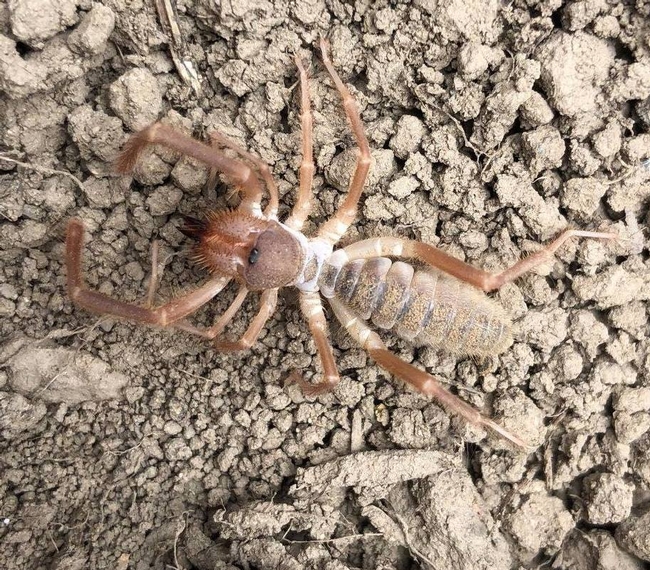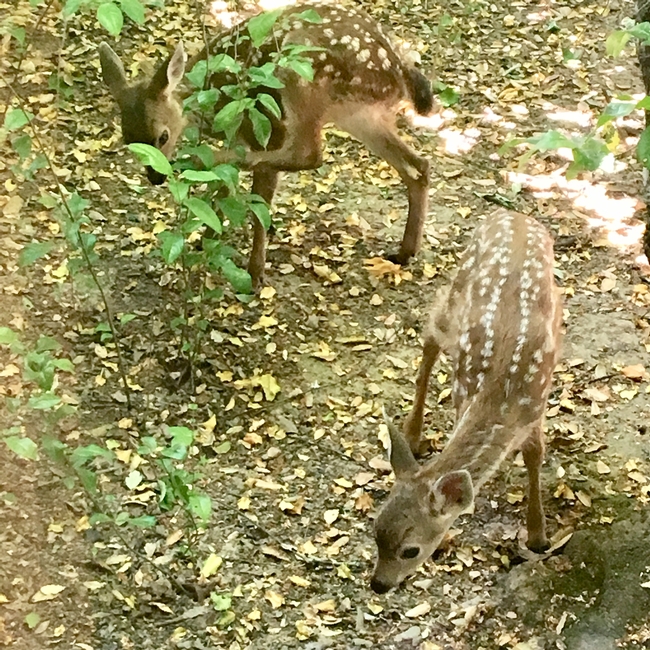
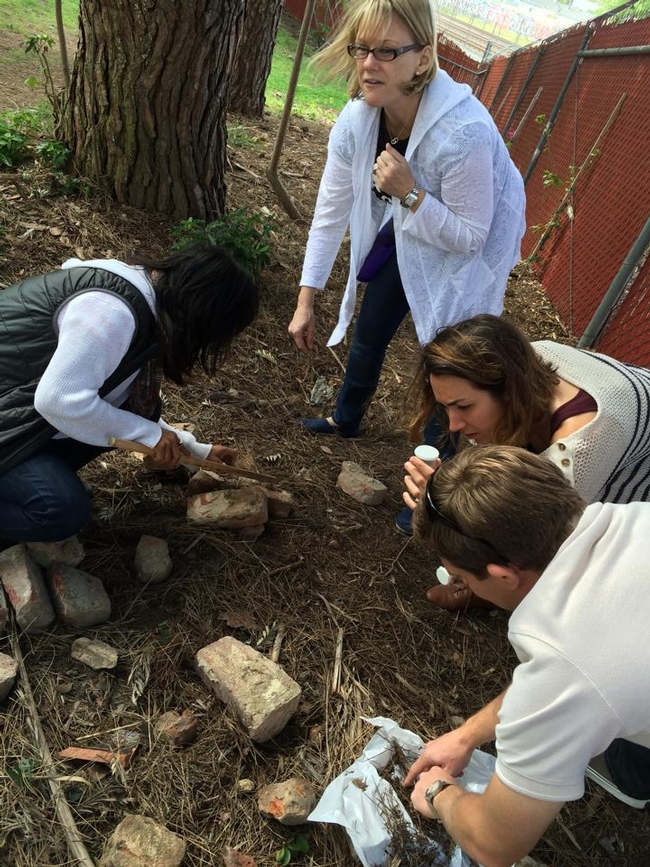
Scientists with the UC Davis Tahoe Environmental Research Centerreleased their report on Lake Tahoe's average water clarity for 2017. Their finding of an average of 59.7 feet depth of clarity is the lowest since they began taking measurements in the 1960s. TERC's scientists think the recent historic drought and the following record-breaking rain and snow caused the downturn in clarity, with the warming of the Lake's water playing a role.
Climate scientists expect extreme weather fluctuations like these to become more common. And in the past four years, Lake Tahoe's water has been warming at 10 times its historic trend. While Lake Tahoe has shown it has the ability to be resilient to threats, global warming puts unprecedented pressures on the Lake's fragile ecology.
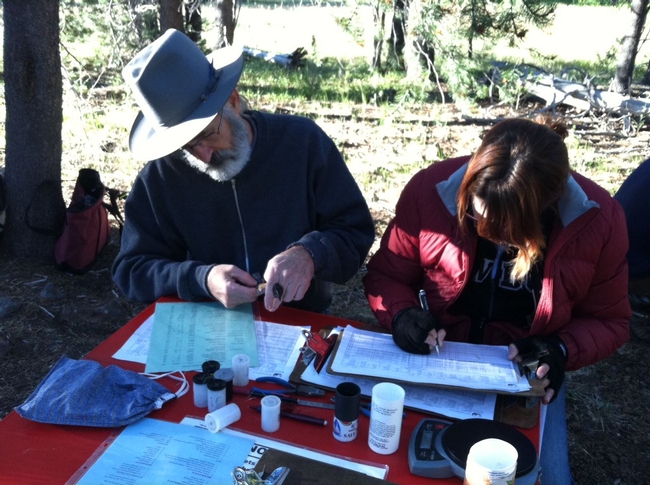
Time is running out to register for the new Sagehen Creek Field Station course! You won't want to miss a week of incredible experts in the fields of geology, hydrology, botany, and more in this unbeatable location. Nestled in the Sierra just outside of Truckee, students in this week-long course will have room and board covered while exploring the stunning features of the field station and surrounding North Shore of Lake Tahoe. Register by June 30, course dates are July 15-21!
New UC Berkeley research on 62 species across six continents looked for global shifts in the timing of daily activity of mammals in response to humans. On average, mammals were 1.36 times more nocturnal in response to human disturbance.
Urban sprawl in Southern California is reflecting more of the sun's heat, dissipating the clouds that shade coastal Southern California in the summer, according to a new study by UC Santa Barbara researchers.
